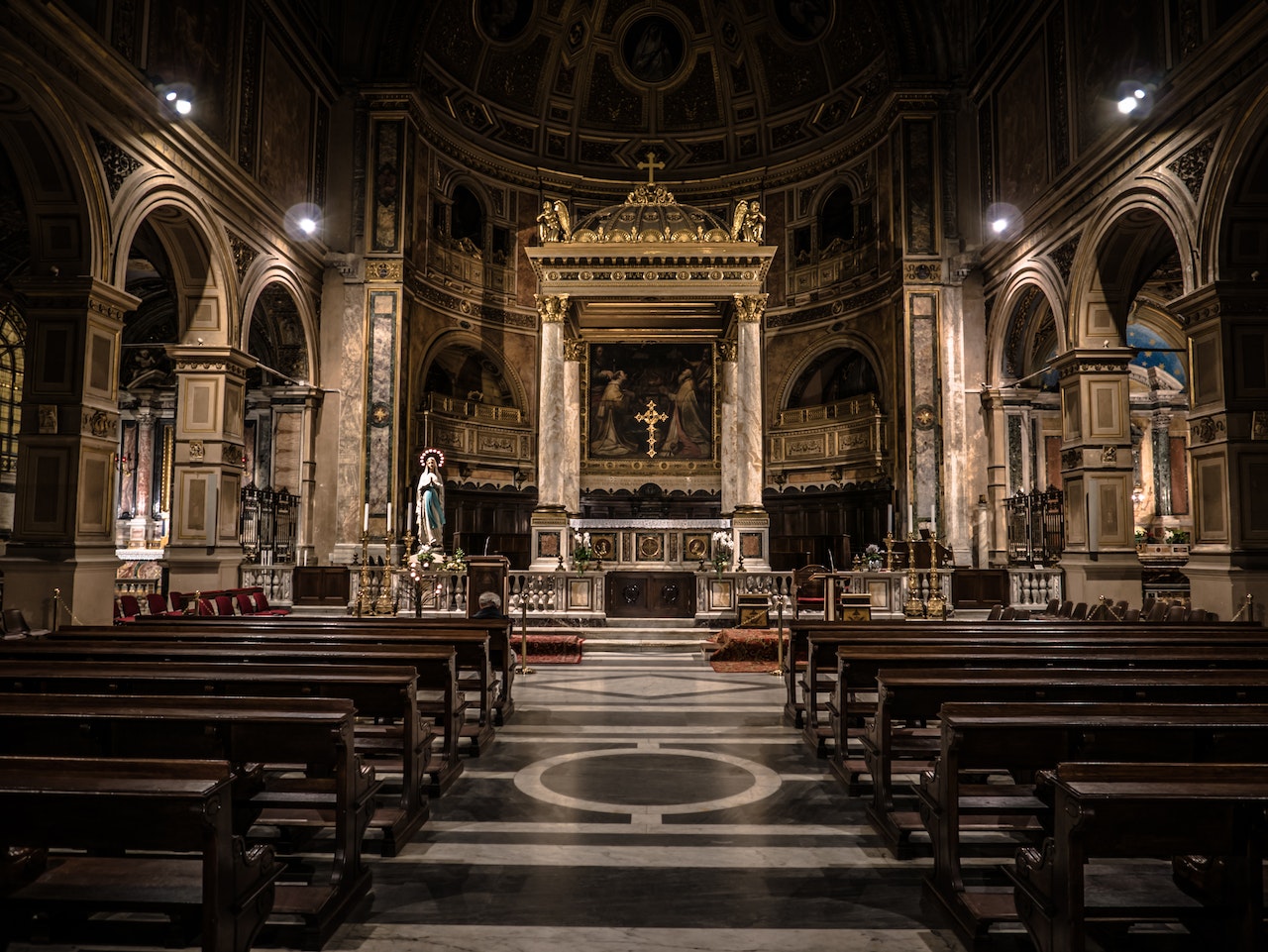There are places that defy time, where history and beauty converge to create a transcendent space, where the stories and dreams of the past seem to echo endlessly in their walls. Such are the old churches of Cagayan, a province filled with cultural gems that continue to inspire awe and wonder among visitors until this day.
Cagayan is an enchanting province located at the northeastern tip of Luzon, standing as a testament to the rich history, heritage and culture of the northern Philippines. From the breathtaking Callao Cave to the breath-taking vistas seen along the Sierra Madre Mountain ranges, Cagayan boasts a plethora of natural wonders. But setting foot on its historical landmarks – particularly its centuries-old churches – will transport any traveler back in time, revealing an experience unmatched by any other tourist destination in the country.
Cagayan was one of the earliest Spanish settlements in the Philippines, a fact which is most evident today through its well-preserved historical sites. Among these sites are old churches dotting the province, attracting local and foreign visitors alike who marvel at their incredible architecture and design. These churches were not only beautiful, but also magnificent. Stepping into them feels like entering living museums that speak volumes about the history, resilience and faith of Cagayanos.
One such church is Piat Basilica Minore, popularly known as Our Lady of Piat Church. Located in Piat town, this Roman Catholic Church is home to the centuries-old image of Our Lady of Piat or Nuestra Señora de Piat. Thousands of devotees flock here every year from all over the country to pay homage to this miraculous Virgin Mary icon. The church itself serves as a fine example of 17th-century red brick Baroque architecture with an aura that immediately uplifts one’s senses.
Another captivating church in Cagayan is St. Peter Metropolitan Cathedral, found in Tuguegarao City. This 18th-century landmark stands proud as one of Northern Luzon’s largest basilicas, known for its intricate brick façade stylized with multiple arches serving as its entrance. Its unique architectural fusion of Romanesque and Baroque elements makes it truly stand out among other churches found in northern Philippines.
In Alcala town lies another historical gem atop a hill – San Philipe Church. Established during the Spanish colonial era in the late 19th century, this old church made of bricks showcases intricate carvings depicting mythical creatures such as mermaids and cherubs. It has been restored by concerned citizens numerous times due to damages inflicted over time by natural disasters.
We must not forget Sta. Ana Church, serving as a living testament to faith’s binding influence on Filipino lives dating back to the Spanish colonization era in Philippine history. Found on elevated ground overlooking Sta. Ana proper, this church flaunts imported stained glass ceiling windows adding more regal and sophisticated taste to its already timeless beauty.
Interestingly enough, these awe-inspiring structures have persisted not just through natural catastrophes but also amidst political turmoils throughout Philippine history – including World War II when many other heritage structures fell into ruins or disappeared altogether.
As we pursue our shared mission to protect and preserve our nation’s rich history and heritage for future generations, let us remember that these magnificent old churches speak not only for yesterday but also inspire us for what comes next in our own journeys – family values rooted in traditions passed on through generations.
It is no wonder why Cagayan’s old churches continue to stand strong throughout time. Today, they have become timeless treasures that embody both beauty and magnificence intertwined with history considered a source of pride for all Cagayanos and Filipinos alike.
In essence, unraveling Cagayan’s wealth of culture requires taking a trip back into time through these century-old churches—a nostalgic journey unlike any other.
So open your hearts and minds as you explore these cultural treasures nestled between Cagayan’s vast landscapes waiting to be discovered.
